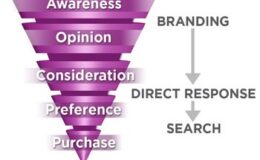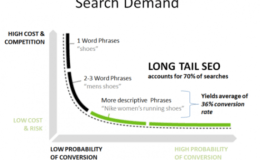Denver, Colorado – In marketing speak, the two related practices of segmentation and targeting go hand-in-hand. Segmentation is the practice of differentiating your prospects before you approach them with marketing outreach in order to separate those most likely to buy from you (your “best prospects”) from those less likely. Meanwhile, targeting is the practice of allocating resources and doing planning in order to tailor your marketing to speak directly to the motivations and needs of your best prospects.
Given that you are most likely competing for the same prospects with one or several other companies, to be successful you need to continually find smarter, more innovative ways to improve your marketing return on investment. Otherwise, your competitors will beat you to it.
You only have a limited number of ways to improve marketing ROI, one of which is to make your marketing more efficient through better customer targeting.
The truth is, you are likely already doing targeting of some sort. This is common sense targeting. For example, if you have a swimming pool installation business that advertises via direct mail, you are likely not sending mail pieces to prospects who live in apartments.
The 4 Levels of Customer Targeting:
The way we see it, there are actually 4 levels of targeting, as follows:
Level 1: Common sense targeting
Level 2: Demographics-based targeting: choosing prospects based upon age & income (B2C) or company revenue, geography, other factors (B2B)
Level 3: Proprietary clustering systems which leverage geo-demographics and psychographics
Level 4: Predictive analytics and data mining
Most companies who engage in targeting today engage in demographics-based (Level 2) targeting. While this is better than merely engaging in common sense (Level 1) targeting, it is limited at best. In other words, it leaves money on the table. However, Level 3 targeting is superior because it leverages your own historical sales data – in conjunction with sophisticated segmentation systems – to build a model of your best prospects. And, Level 4 takes targeting to another level of complexity by combining multiple variables into a more sophisticated model. It can build upon Level 3 data, as well as many other inputs, to create a sophisticated, hyper-targeted model. The result: a hyper-targeted model that allows you to execute your marketing campaign in a much more focused way that yields a better return on investment.







